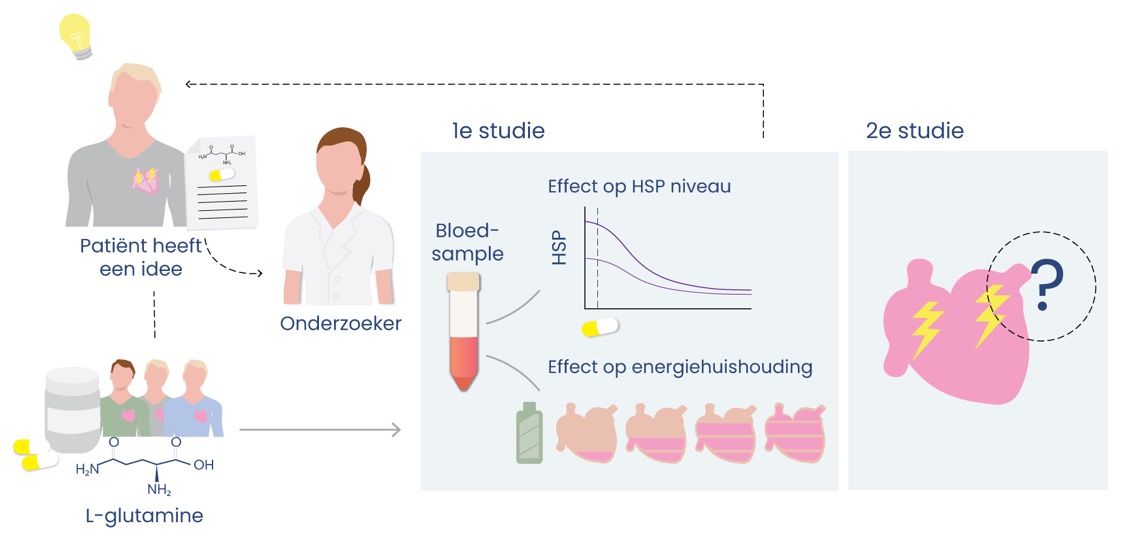DNA damage as a new biomarker for Atrial Fibrillation
Last year, AFIP published an article on the discovery made by the team of Prof. Bianca Brundel (Amsterdam UMC), that atrial fibrillation (AF) is associated with DNA damage in the heart. Therefore, a circulating oxidative DNA damage marker 8-hydroxy-2′-deoxyguanosine (8-OHdG) may represent a biomarker to stage AF and identify patients at risk for AF recurrence and post-operative AF after treatment.
Why do we need a biomarker for atrial fibrillation?
Early recognition and staging of AF is essential to initiate treatment to prevent disease progression. AF progression is accompanied by a congruent increase in therapy failure and in the end-stage can, even with extensive therapy, not be treated.
At present, AF can only be diagnosed with a surface electrocardiogram (ECG) when a patient already suffers from AF. However, no effective diagnostic tool is available to stage AF. Therefore, biomarkers that are able to stage and possibly predict AF are clinical highly relevant.
DNA damage as biomarker
Emerging evidence indicates that AF is intimately linked with DNA damage in experimental AF models and in patients with persistent AF. A recent study in experimental and clinical AF, revealed that electrical and contractile impairment of atrial cardiomyocytes is precipitated to oxidative DNA damage.
Based on these findings, Drs. Jin Li from the research team of Prof. Bianca Brundel (Amsterdam UMC) in collaboration with Prof. Natasja de Groot (Erasmus MC), tested whether oxidative DNA damage represents a potential biomarker to stage AF and predict AF recurrence.
Hereto, Jin measured 8-hydroxy-2’-deoxyguanosine (8-OHdG) levels in 257 blood samples of patients with and without AF. 8-OHdG is an important oxidative DNA damage by-product, which is formed during the repair of damaged DNA by exonucleases.
As 8-OHdG is circulating in the blood after oxidative damage in DNA, it may represent a biomarker in AF.
8-OHdG levels correlate with stage of AF and post-operative AF
In her study, Jin correlated blood 8-OHdG levels with the AF stage and recurrence after AF therapy, and tested whether 8-OHdG predicts post-operative AF in the control patients undergoing cardiac surgery.
Compared to the control group, 8-OHdG levels gradually and significantly increased during progression of AF. Also 8-OHdG levels in AF patients showing an AF recurrence after ablative therapy were significantly increased compared to patients without AF recurrence.
Moreover, in control patients with a normal heart rhythm and undergoing cardiac surgery, 8-OHdG levels were significantly elevated in patients who developed post-operative AF compared to patients who stayed in normal heart rhythm.
Jin concludes that the level of 8-OHdG may represent a potential diagnostic biomarker for AF staging, as well as prediction of AF recurrence and post-operative AF after treatment.
This research has been published in Heart Rhythm Journal.
PMID: 33031960 DOI: 10.1016/j.hrthm.2020.09.017
The AFIP team congratulates Drs. Jin Li with her latest discovery!
Do you know someone who might be interested in this?






